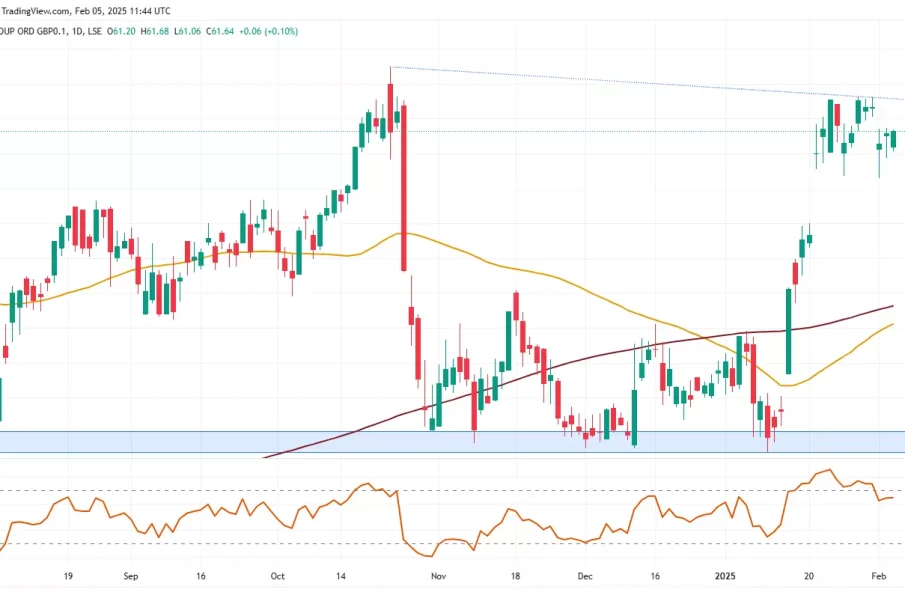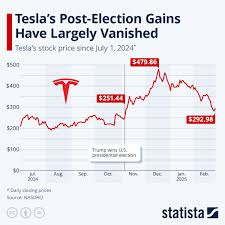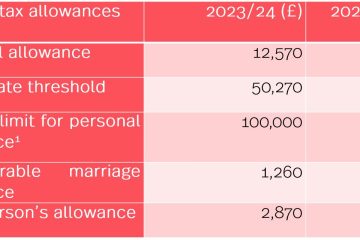Current Trends in Lloyds Share Price: An Investor’s Perspective

Introduction: The Importance of Lloyds Share Price
The share price of Lloyds Banking Group is a critical indicator not only of the bank’s financial health but also of broader economic conditions within the UK. As one of the largest financial institutions in the country, fluctuations in Lloyds’ share price can affect millions of investors and the wider economy. Recent events in the financial markets have underscored the relevance of monitoring Lloyds’ share price, especially as various global factors influence investor sentiment and market conditions.
Recent Developments Affecting Lloyds Share Price
As of October 2023, Lloyds share price has experienced significant movements influenced by various factors. After a robust performance earlier this year, the stock has faced challenges, primarily due to slower than expected economic growth reports and rising inflation rates in the UK. According to market analysts, as of the latest trading session, the share price of Lloyds is approximately £0.44, down from its yearly high of £0.55.
The Financial Times recently reported a decline in banking sector valuations, stating that investor apprehension regarding potential interest rate hikes by the Bank of England has made market participants cautious. This has led to a broader sell-off in bank stocks, with Lloyds being no exception. In addition, new regulations around capital requirements for banks may further pressure shares within the sector in the coming months.
Looking Ahead: Future Predictions and Implications
Market experts suggest that the outlook for Lloyds’ share price will depend heavily on macroeconomic indicators over the next quarter. Should the Bank of England decide to pause rate increases, this may provide a much-needed boost to investor confidence and result in a recovery in share prices. Analysts project that if the economic outlook improves, Lloyds share price could rebound towards previous highs, hitting the £0.50 mark by the end of the financial year.
Furthermore, with Lloyds continuing to exhibit cost-cutting measures and focusing on digital transformation, many investors remain optimistic about the bank’s long-term prospects. The positioning of Lloyds in a recovering economy, coupled with its strategic initiatives, could make it an attractive option for both new and existing investors going forward.
Conclusion
The fluctuations in Lloyds’ share price are not only reflective of the bank’s operational performance but also serve as a barometer for the UK economy. For investors, staying informed about market trends, economic data, and regulatory changes is essential when considering investments in Lloyds. With several economic factors at play, the coming months will be crucial in determining the bank’s trajectory and investor confidence.









